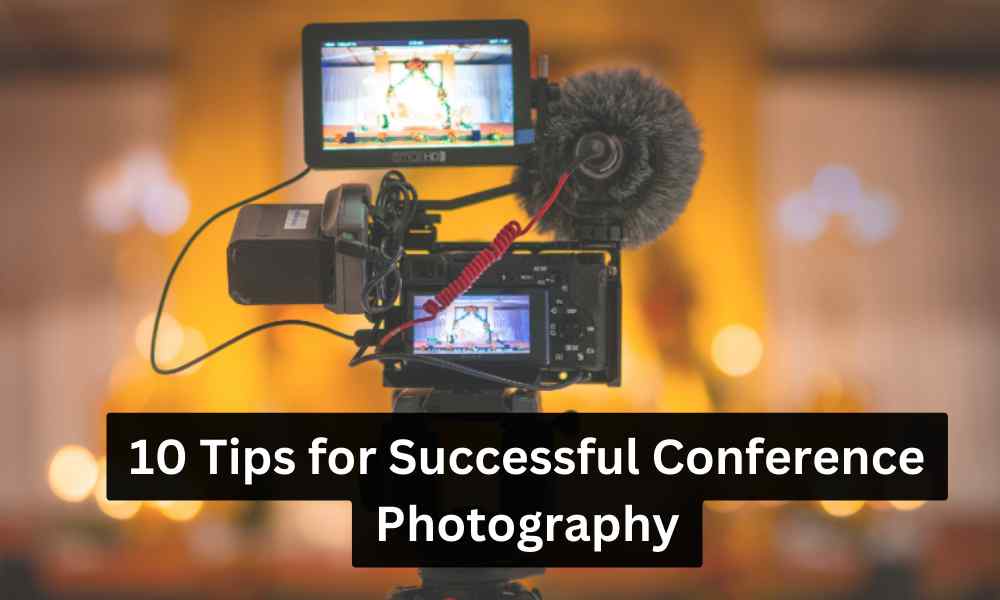When it comes to capturing moments and preserving memories, both videography and photography are popular choices. Whether you’re planning a wedding, documenting a special event, or simply looking to capture the beauty of everyday life, understanding the main differences between videography and photography can help you make an informed decision. In this article, we’ll explore the key distinctions between these two art forms.
Definition and Purpose
Commercial Photography is the art of capturing still images using a camera. It focuses on freezing a single moment in time, allowing viewers to appreciate the details, composition, and emotions within that frame. Photographs can evoke powerful emotions and tell stories through a single image.
Videography, on the other hand, involves capturing moving images with sound. It combines visuals, audio, and sometimes even text to create a narrative. Videographers aim to capture the essence of a moment or event by documenting the unfolding action and capturing the atmosphere and emotions in real time.
Medium and Format
Photography traditionally involves using a camera to capture images that are then printed or displayed digitally. Photographers often focus on composition, lighting, and timing to create visually appealing and impactful images. These images can be displayed in photo albums, framed on walls, or shared online.
Videography, on the other hand, requires the use of a video camera or even a smartphone to capture moving images. The resulting footage is usually edited to create a cohesive story or highlight reel. Videos can be shared online, viewed on a screen, or even projected onto a larger surface for events or presentations.
Storytelling and Experience
Photography is often described as capturing a single moment frozen in time. It allows viewers to interpret and create their narratives based on the image presented. Photographs can be powerful and evoke emotions, but they offer a limited perspective compared to videography.
Videography, on the other hand, offers a more immersive experience. It captures the unfolding action, allowing viewers to experience the event or moment as if they were there. Videos can include movement, sound, and even text overlays, enhancing the storytelling aspect and providing a more comprehensive view of the event.
Skills and Techniques
Both photography and videography require a certain level of technical skill and artistic vision. Photographers need to understand concepts such as composition, lighting, and exposure to capture visually stunning images. They often work with post-processing software to enhance their photos.
Videographers, on the other hand, need to master the art of capturing moving images, working with audio, and editing footage to create a cohesive narrative. They may also need to consider factors such as camera movement, audio quality, and storytelling techniques to create compelling videos.
Final Thoughts
While photography and videography share some similarities, they offer distinct experiences and storytelling capabilities. Photography freezes a single moment in time, allowing viewers to appreciate the details and emotions within that frame. Videography, on the other hand, captures moving images and sound, providing a more immersive and comprehensive experience.
Ultimately, the choice between videography and photography depends on the purpose, desired outcome, and personal preferences. Some moments may be better suited for a single, powerful image, while others may benefit from the storytelling capabilities of a video. Whatever your choice, both art forms have the power to preserve memories and create lasting impressions.


